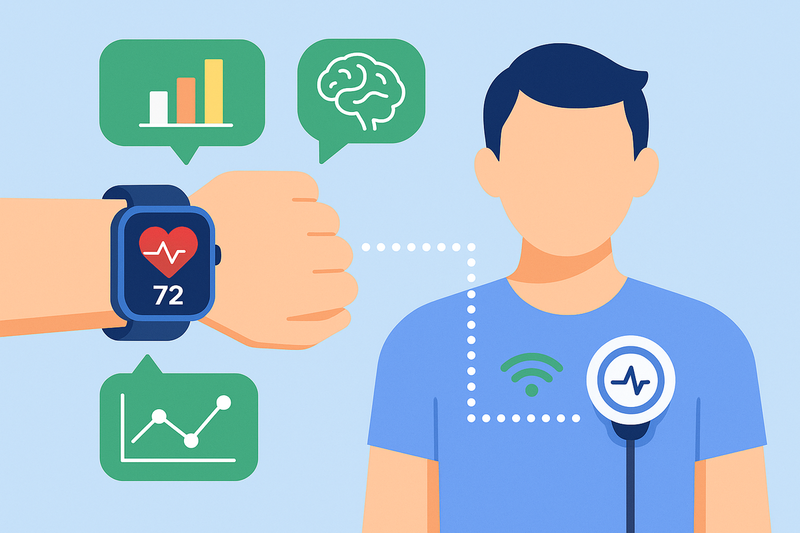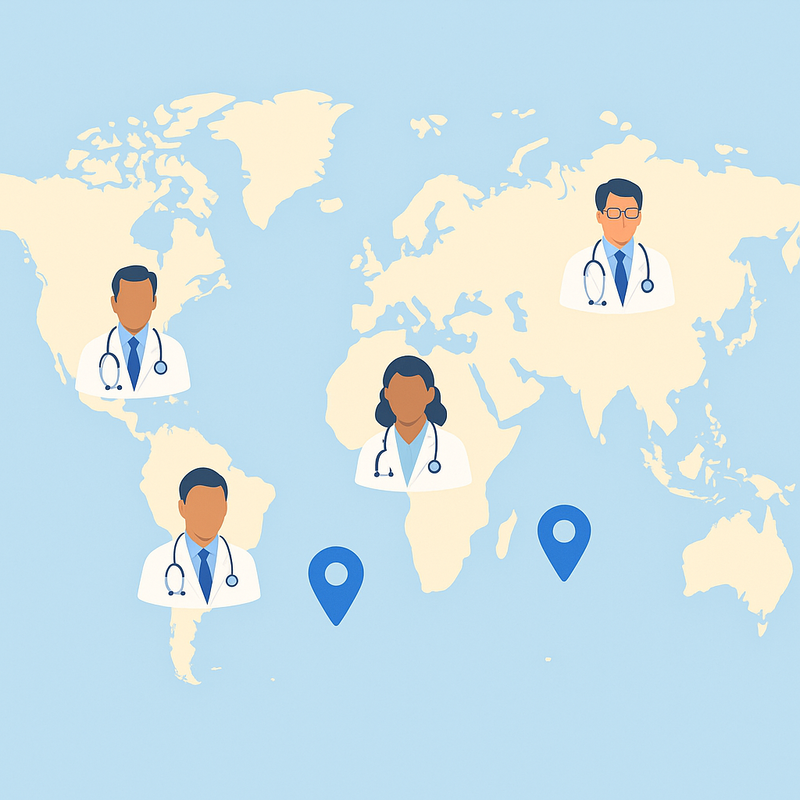The Rise of a Shadow Healthcare System
AI, Wearables, and the Future of Global Health
A Healthcare Gray Market?
As traditional healthcare becomes more expensive and less accessible, a parallel system is emerging. This system operates between formal medicine and no care at all—leveraging AI and wearables.
Read MoreWhy Traditional Healthcare Is Failing
The global healthcare system—especially in the U.S.—is becoming harder to afford and access. AI and automation may be the only scalable way forward to meet growing demand with limited resources.
AI as a Doctor Substitute?
Reads Labs and Scans
AI can analyze medical imaging and lab results with accuracy matching or exceeding human specialists in many domains.
Generates Treatment Plans
Advanced algorithms can recommend evidence-based treatment protocols tailored to individual patient profiles.
Predicts Outcomes
Predictive models can forecast health trajectories and recommend preventive interventions before issues escalate.
AI models already outperform doctors in many diagnostic tasks. They could deliver personalized medical advice to millions—even without doctors present, democratizing healthcare access globally.
Real-Time Data, Real-Time Care

Smartwatches and biosensors gather 24/7 health data, feeding AI models with unprecedented information about individual health patterns.
These devices don't just track—they analyze and alert. From irregular heartbeats to sleep apnea, wearables can detect subtle changes long before symptoms become noticeable.
These insights empower patients to act before a problem escalates, creating a new paradigm of proactive rather than reactive healthcare.
Privacy vs Progress
HIPAA Slows AI Deployment
The formal healthcare system operates under strict regulations like HIPAA, which provide valuable patient protections but significantly slow innovation cycles and increase costs for new technology deployment.
Shadow Systems Skip Regulation
Consumer health platforms operate in regulatory gray areas, allowing for rapid innovation and iteration. They move at technology speed rather than healthcare speed, but with fewer safeguards.
Strict regulation protects patients—but it also slows innovation. The shadow system offers agility at the cost of oversight. It's faster, cheaper, but riskier for those who choose to engage with it.
Healthcare as a Marketplace
Direct Pricing
Consumers pay directly for AI diagnostic tools and virtual care, with transparent pricing models similar to subscription services.
Patient Ratings
User reviews and satisfaction scores replace traditional credentials as measures of quality and reliability.
On-Demand Diagnostics
Just-in-time health services delivered through mobile apps and connected devices create continuous care opportunities.
Without insurance or government interference, patients pay directly for AI tools. Reputation replaces regulation. Platforms like Amazon and Uber become models for trust and service delivery in healthcare.
What AI Can't Replace
Invasive surgery, trauma care, and complex interventions will remain with human clinicians. The high-stakes, high-touch elements of healthcare will continue to require human expertise and compassion.
But chronic care, checkups, and prevention? That's AI territory now. The routine monitoring and management of stable conditions will increasingly shift to algorithmic oversight, with human providers stepping in only when necessary.
A World Where Everyone Gets a Doctor

AI and wearables could equalize access across geographic and economic divides. A farmer in rural Kenya could receive care as accurate as someone in New York, democratizing medical expertise and breaking down barriers to health equity.
A Spectrum of Care
"Healthcare won't be binary. It will exist on a spectrum—and more people will finally be included."
— Dr. Paul J. Lee, CEO of TeachMeMedicalThis shadow system isn't perfect, but it's necessary. For those left behind by traditional care, it's a second chance at health management and disease prevention that might otherwise be completely out of reach.
